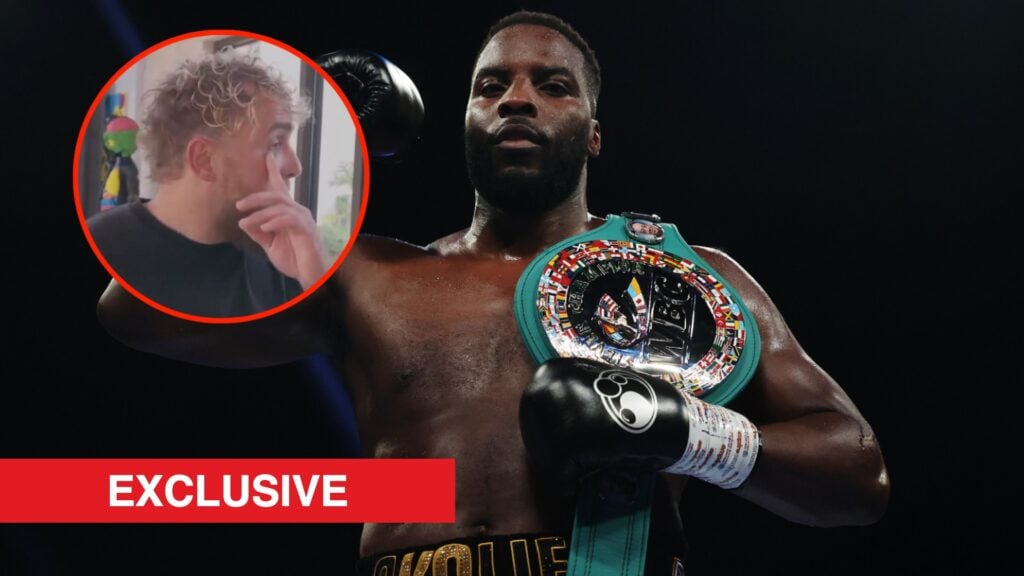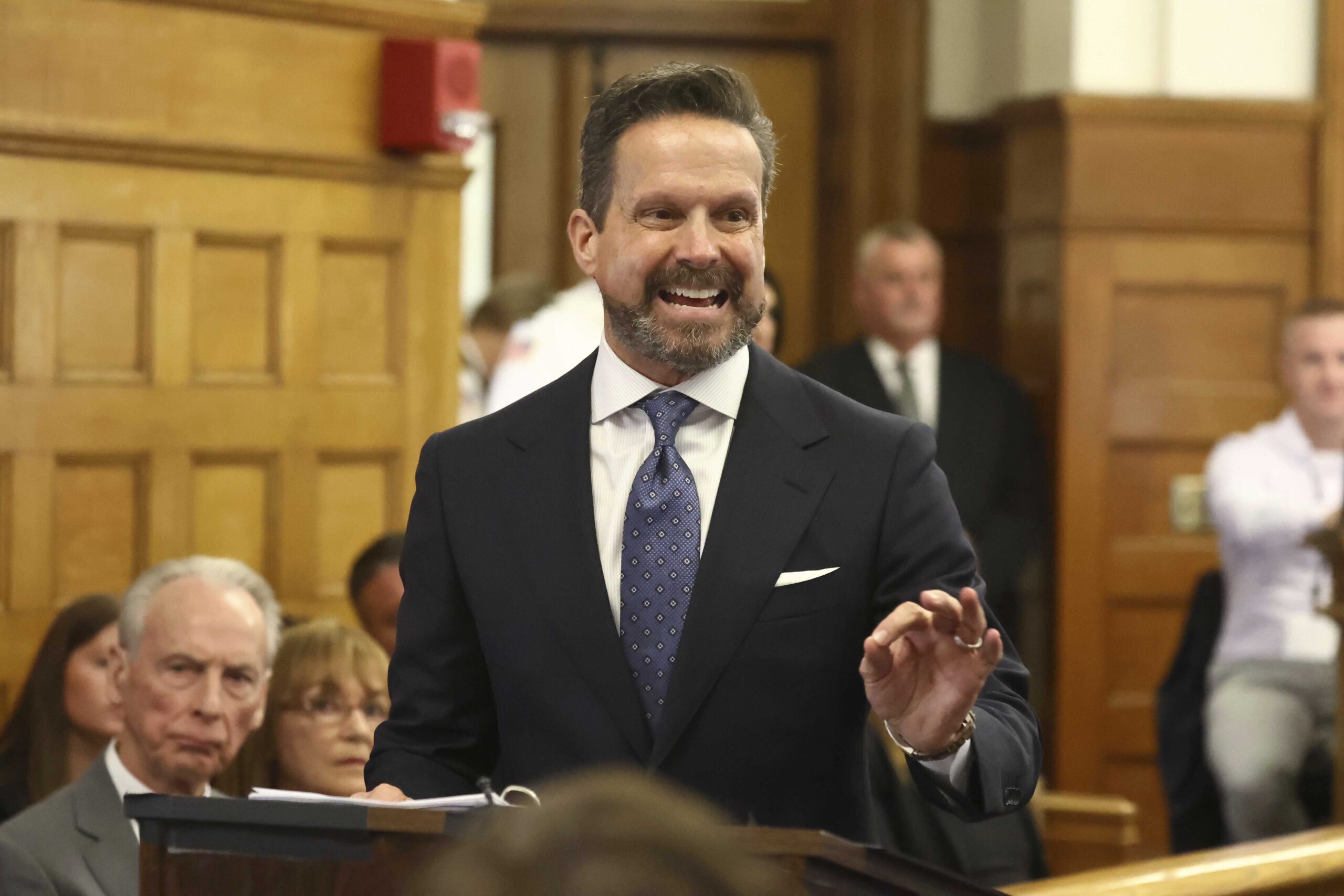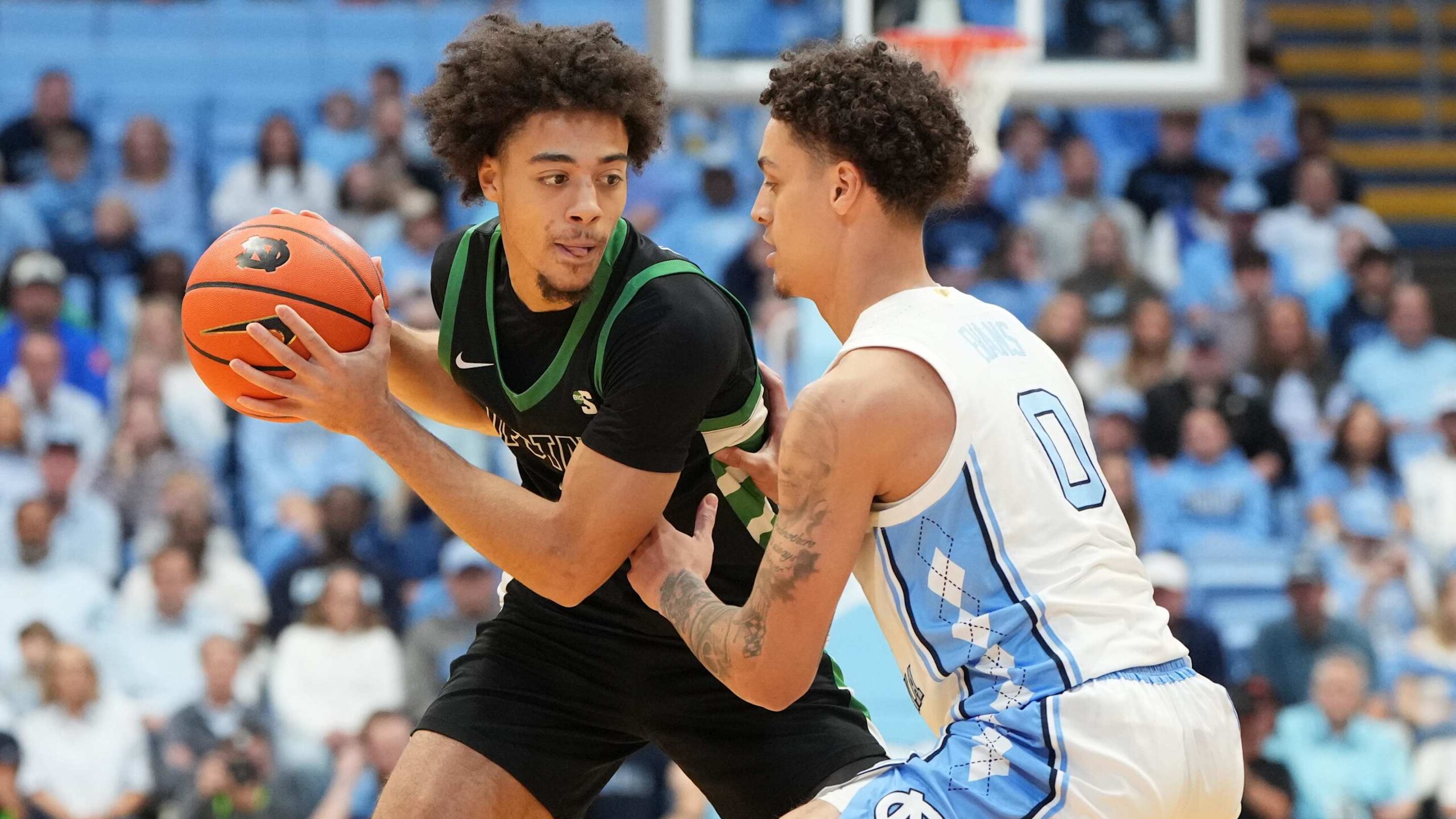The NBA has parted ways with TNT and split its national broadcast rights among ABC/ESPN, NBC/Peacock, and Amazon Prime Video. With dozens of local and national games on multiple platforms, cord-cutters now have more options—but also more complexity—in following their favorite teams.
How to stream the 2025-26 NBA season

Key Takeaways:
- The NBA’s new media deal spans Disney (ABC/ESPN), NBC/Peacock, and Amazon Prime Video.
- Regional Sports Networks still carry most local matchups but remain elusive on many streaming services.
- Peacock and ESPN’s direct-to-consumer platforms each offer exclusive NBA games.
- Amazon Prime Video’s package provides select playoff coverage and the loose equivalent of “marquee” matchups.
- NBA League Pass and Team Pass remain key solutions for out-of-market fans, though blackout rules still apply.
The New Era of NBA Broadcasting
The 2025–26 NBA season marks a turning point in how fans can access games. After TNT’s long-standing run as a key broadcaster ended, the league brought Disney (ABC/ESPN), NBC/Peacock, and Amazon Prime Video on board to split the national package. This means fans have more ways to watch marquee matchups but also need to keep track of which platform carries which game.
Over-the-Air Access
Over-the-air viewers can still catch NBA games on ABC for free, provided they have a suitable antenna and live near an ABC affiliate. However, only a couple of dozen nationally televised contests will air on the network, including showcase events like the NBA’s annual Christmas Day slate.
Sifting Through Streaming Services
Finding the right streaming service may be the best option for dedicated NBA followers. Sling TV’s Orange plan offers ESPN channels and an add-on for NBA TV, while DirecTV Stream’s Choice plan provides ESPN, NBA TV, and local NBC affiliates in many areas—though RSN availability varies.
Hulu + Live TV and YouTube TV both offer ABC and ESPN, but YouTube TV also has NBA TV, giving it a clear edge for basketball fans. FuboTV similarly features ABC and ESPN, plus a few regional sports networks, and users can add NBA TV for a more comprehensive lineup.
Peacock’s Growing Role
NBC’s involvement dates back decades, but now Peacock is stepping up as a central hub for up to 100 regular-season games. It will simulcast every game NBC airs, plus host an exclusive Monday-night schedule. Those who subscribe can also stream the Tuesday night doubleheaders and regular Sunday-night showcase as the season progresses.
ESPN Goes Direct-to-Consumer
ESPN’s new streaming service has launched in two tiers: Select ($11.99/month) and Unlimited ($29.99/month). Unlimited includes the full range of ESPN channels—plus games that air on ABC—so fans no longer need a cable or live TV bundle to catch many prime-time NBA broadcasts.
Amazon Prime Video Enters the Fray
Amazon Prime Video has carved out an important slice of the national schedule, airing 66 regular-season games, the Play-In Tournament, and select playoff matchups. The service also holds exclusive rights to the Emirates NBA Cup knockout stages, lending extra weight to midseason tournament coverage.
The RSN Puzzle
Regional sports networks remain a challenge for many cord-cutters. While RSNs carry a majority of local NBA contests, they’re often unavailable on popular streaming subscriptions due to carriage disputes. For local games—and especially for Emirates NBA Cup matchups—viewers must confirm whether their RSN is supported by a chosen streaming plan.
League Pass and Team Pass
For the truly dedicated, NBA League Pass offers access to every out-of-market game that isn’t airing nationally—with multiple viewing options and archived replays. NBA Team Pass provides coverage for a single franchise’s out-of-market games, which is helpful for fans who only want to follow one squad. However, blackout rules still apply if you’re located in your team’s designated market.
A Complex Yet Exciting Season
While streaming the NBA can feel complicated, fans can still assemble the right combination of services to follow their favorite teams and the league’s biggest matchups. With each broadcaster offering unique coverage, flexibility is greater than ever. Still, paying close attention to each service’s offerings is key to knowing exactly where—and how—to watch.











